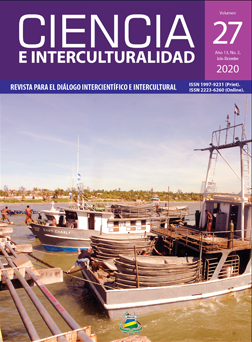El enfoque ciencia, tecnología y sociedad (CTS) en Cuba. Vicisitudes históricas, principales logros y deficiencias, y la nueva política en el marco del perfeccionamiento del Nuevo Modelo Económico
Resumen
El trabajo consiste en una explicación de la evolución del proceso ciencia, tecnología e innovación tecnológica en la etapa colonial, neocolonial y la revolución socialista en Cuba, con intentos frustrados en las primeras etapas, encontrando en la última la posibilidad de desarrollo limitado.
Las intenciones de la política de ciencia, técnica e innovación tecnológica tienen la finalidad de insertar al país en la economía mundial, con mayor diversificación económica y de mayor sostenibilidad alimentaria y ecológica.La principal característica del proceso de la ciencia, técnica e innovación desde 1959 a 1990 consistió en la transferencia tecnológica recibida en el marco de las preferenciales relaciones económicas y científicas establecida; sin embargo, a partir de la aprobación de una nueva reforma económica en el 2011 en que se aprueban nuevos Lineamientos económicos, políticos y sociales del Partido, se produce un despegue de dicha política, donde la ciencia cumple importantes funciones en el perfeccionamiento de nuestro modelo económico socialista.
Descargas
El autor mantiene los derechos morales y permite la cesión gratuita, exclusiva y por plazo indefinido de sus derechos patrimoniales de autoría a la Universidad de las Regiones Autónomas de la Costa Caribe Nicaraguense (URACCAN).






